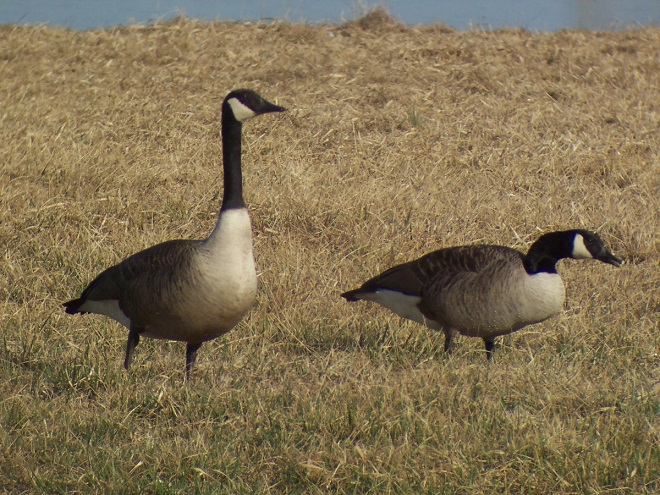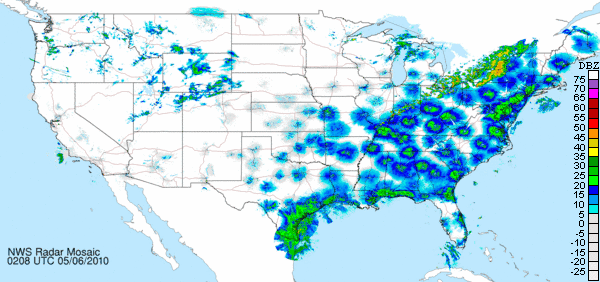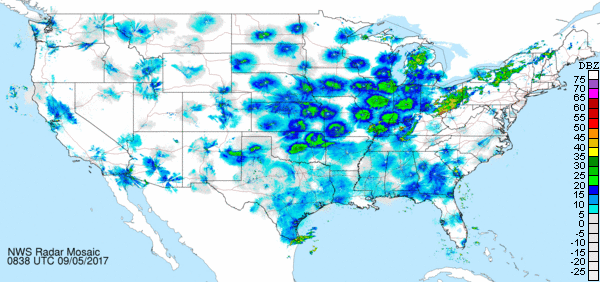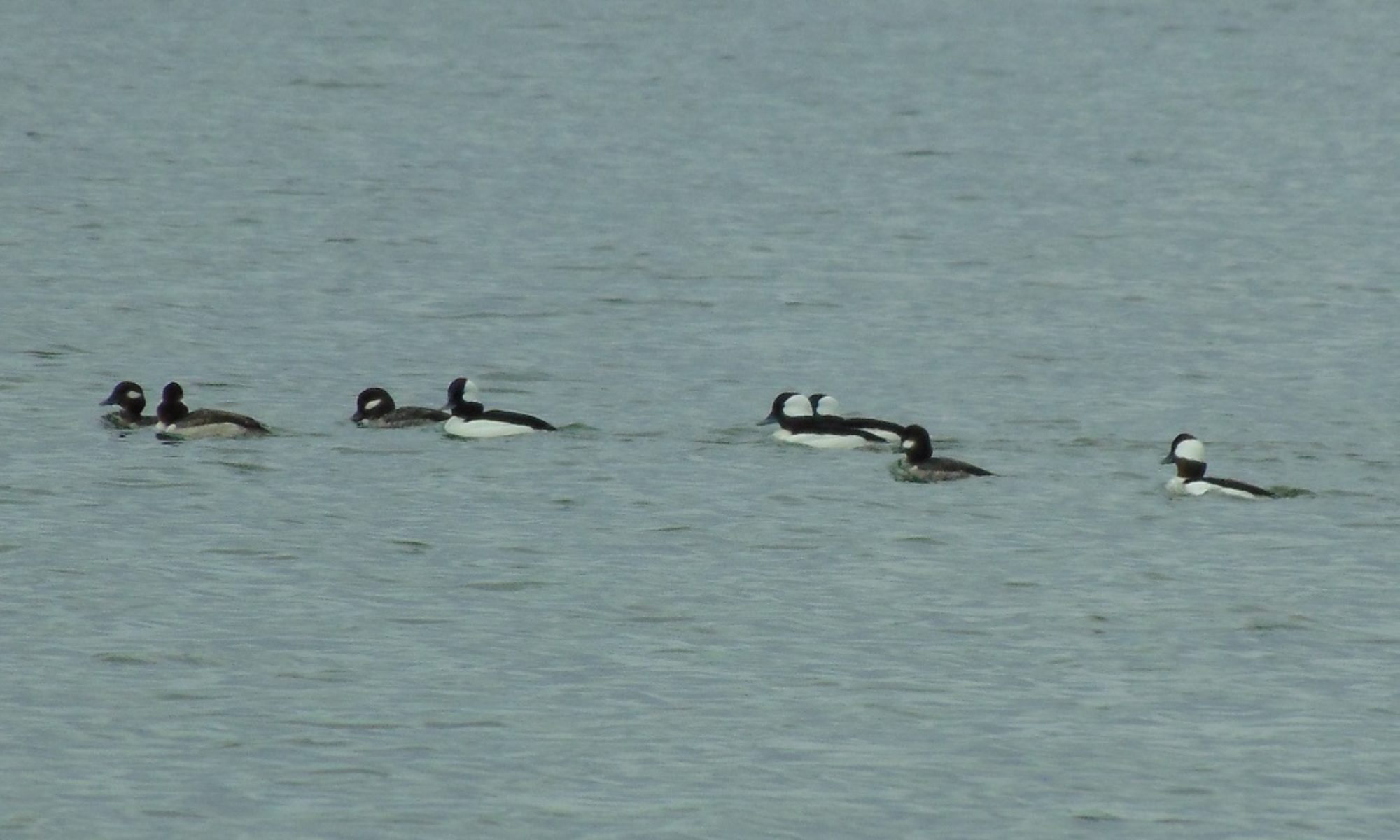We all know that birds (and many other animals) migrate. It’s a survival phenomenon which, above all, allows them to utilize their mobility to translocate to a climate which provides an advantage for obtaining food, enduring seasonal weather, and raising offspring.
In the northern hemisphere, most migratory birds fly north in the spring to latitudes with progressively greater hours of daylight to breed, nest, and provide for their young. In the southern hemisphere there are similar movements, these to the south during their spring (our autumn). The goal is the same, procreation, though the landmass offering sustenance for species other than seabirds is limited “down under”. Interestingly, there are some seabirds that breed in the southern hemisphere during our winter and spend our summer (their winter) feeding on the abundant food sources of the northern oceans.
Each autumn, migratory breeding birds leave their nesting grounds as the hours of sunlight slowly recede with each passing day. They fly to lower latitudes where the nights aren’t so long and the climate is less brutal. There, they pass their winter season.
Food supply, weather, the start/finish of the nesting cycle, and other factors motivate some birds to begin their spring and autumn journeys. But overall, the hours of daylight and the angle of the sun prompt most species to get going.
But what happens after birds begin their trips to favorable habitats? Do they follow true north and south routes? Do they fly continuously, day and night? Do they ease their way from point to point, stopping to feed along the way? Do they all migrate in flocks? Well, the tactics of migration differ widely from bird species to species, from population to population, and sometimes from individual to individual. The variables encountered when examining the dynamics of bird migration are seemingly endless, but fascinatingly so. Bird migration is well-studied, but most of its intricacies and details remain a mystery.
Consider for a moment that just 10,000 years ago, an Ice Age was coming to an end, with the southernmost edge of the most recent glaciers already withdrawn into present-day Canada from points as near as the upper Susquehanna River watershed. Back then, the birds migrating to the lower portion of the drainage basin each spring probably weren’t forest-dwelling tropical warblers, orioles, and other songbirds. The migratory birds that nested in the lower Susquehanna River valley tens of millennia ago were probably those species found nesting today in taiga and tundra much closer to the Arctic Circle. And the ancestors of most of the tropical migrants that nest here now surely spent their entire lives much closer to the Equator, finding no advantage by journeying to the frigid Susquehanna valley to nest. It’s safe to say that since those times, and probably prior to them, migration patterns have been in a state of flux.
During the intervening years since the great ice sheets, birds have been able to adapt to the shifts in their environment on a gradual basis, often using their unmatched mobility to exploit new opportunities. Migration patterns change slowly, but continuously, resulting in differences that can be substantial over time. If the natural transformations of habitat and climate have kept bird migration evolving, then man’s impact on the planet shows great potential to expedite future changes, for better or worse.
Now, let’s look at two different bird migration strategies, that of day-fliers or diurnal migrants, and that of night-fliers, the nocturnal migrants.
Diurnal migrants are the most familiar to people who notice birds on the move. The majority of these species have one thing in common, some form of defense to lessen the threat of becoming the victim of a predator while flying in daylight. Of course the vultures, hawks, and eagles fly during the day. Swallows and swifts employ speed and agility on the wing to avoid becoming prey, as do hummingbirds. Finches have an undulating flight, never flying on a horizontal plane, which makes their capture more difficult. Other songbirds seen migrating by day, Red-winged Blackbirds for example, congregate into flocks soon after breeding season to avoid being alone. Defense flocks change shape constantly as birds position themselves toward the center and away from the vulnerable fringes of the swarm. The larger the flock, the safer the individual. For a lone bird, large size can be a form of protection against all but the biggest of predators. Among the more unusual defenses is that of birds like Indigo Buntings and other tropical migrants that fly across the Gulf of Mexico each autumn (often completing a portion of the flight during the day), risking exhaustion at sea to avoid the daylight hazards, including numerous predators, found in the coastal and arid lands of south Texas. Above all, diurnal migrants capture our attention and provide a spectacle which fascinates us. Perhaps diurnal migrants attract our favor because we can just stand or sit somewhere and watch them go by. We can see, identify, and even count them. It’s fantastic.
What about a bird like the Canada Goose (Branta canadensis)? It is often seen migrating in flocks during the day (the truly migratory ones flying much higher than the local year-round resident “transplants”), but then, during the big peak movements of spring and fall, they can be heard overhead all through the night. Perhaps the Canada Goose and related waterfowl bridge the gap between day and night, introducing us to the secretive starlight and moonshine commuters, the nocturnal migrants.

The skies are sometimes filled with thousands of them, mostly small perching birds and waders. These strangers in the night fly inconspicuously in small groups or individually, and most can be detected when passing above us only when heard making short calls to remain in contact with their travel partners. They need not worry about predators, but instead must have a method of finding their way. Many, like the Indigo Bunting, can navigate by the stars, a capability which certainly required many generations to refine. The nocturnal migrants begin moving just after darkness falls and ascend without delay to establish a safe flight path void of obstacles (though lights and tall structures can create a deadly counter to this tactic). Often, the only clue we have that a big overnight flight has occurred is the sudden appearance of new bird species or individuals, on occasion in great numbers, in a place where we observe regularly. Just days ago, the arrival of various warbler species at Conewago Falls indicated that there was at least a small to moderate movement of these birds during previous nights.
In recent years, the availability of National Weather Service radar has brought the capability to observe nocturnal migrants into easy reach. Through the night, you can log on to your local National Oceanic and Atmospheric Administration’s National Weather Service radar page (State College for the Conewago Falls area) and watch on the map as the masses of migrating bird pass through the sweep of the radar beam. As they lift off just after nightfall, rising birds will create an echo as they enter the sweeping beam close to the radar site. Then, due to the incline of the transmitted signal and the curvature of the earth, migrants will be displayed as an expanding donut-like ring around the radar’s map location as returns from climbing birds are received from progressively higher altitudes at increasing distances from the center of the site’s coverage area. On a night with a local or regional flight, several radar locations may show signs of birds in the air. On nights with a widespread flight, an exodus of sorts, the entire eastern half of the United States may display birds around the sites. You’ll find the terrain in the east allows it to be well-covered while radars in the west are less effective due to the large mountains. At daybreak, the donut-shaped displays around each radar site location on the map contract as birds descend out of the transmitted beam and are no longer detected.
Weather systems sometimes seem to motivate some flights and stifle others. The first example seen below is a northbound spring exodus, the majority of which is probably migrants from the tropics, the Neotropical migrants, including our two dozen species of warblers. A cold front passing into the northeastern United States appears to have stifled any flight behind it, while favorable winds from the southwest are motivating a heavy concentration ahead of the front.

The second and third examples seen below are an autumn nocturnal migration movement, probably composed of many of the same tropics-bound species which were on the way north in the previous example. Note that during autumn, the cold front seems to motivate the flight following its passage. Ahead of the front, there is a reduced and, in places, undetectable volume of birds. The two images below are separated by about 42 hours.


You can easily learn much more about birds (and insects and bats) on radar, including both diurnal and nocturnal migrants, by visiting the Clemson University Radar Ornithology Laboratory (CUROL) website. There you’ll find information on using the various mode settings on NEXRAD (Next-Generation Radar) to differentiate between birds, other flying animals, and inanimate airborne or grounded objects. It’s superbly done and you’ll be glad you gave it a try.
SOURCES
Clemson University Radar Ornithology Laboratory (CUROL) website: http://virtual.clemson.edu/groups/birdrad/ as accessed September 6, 2017.
